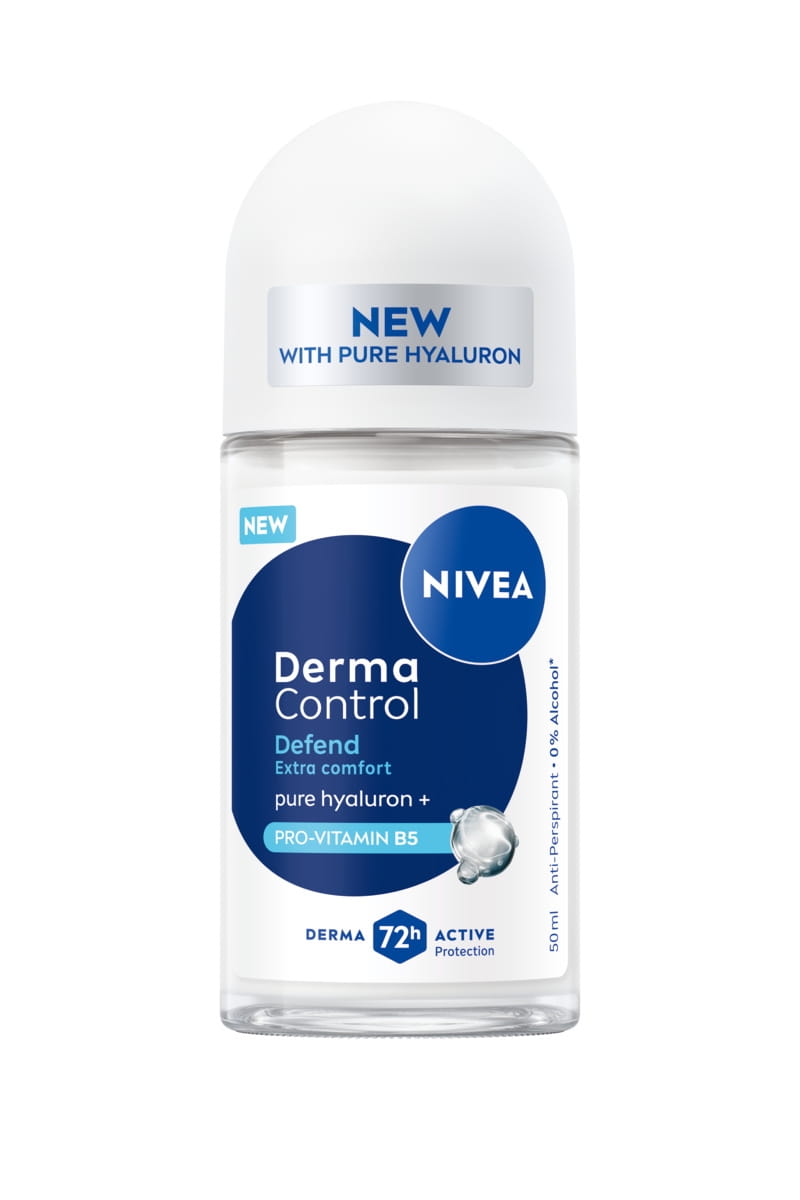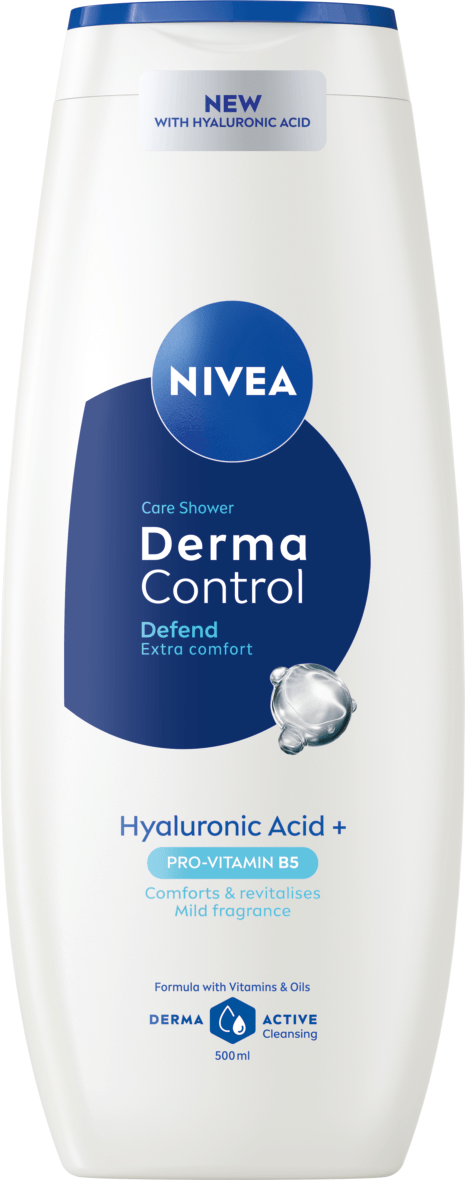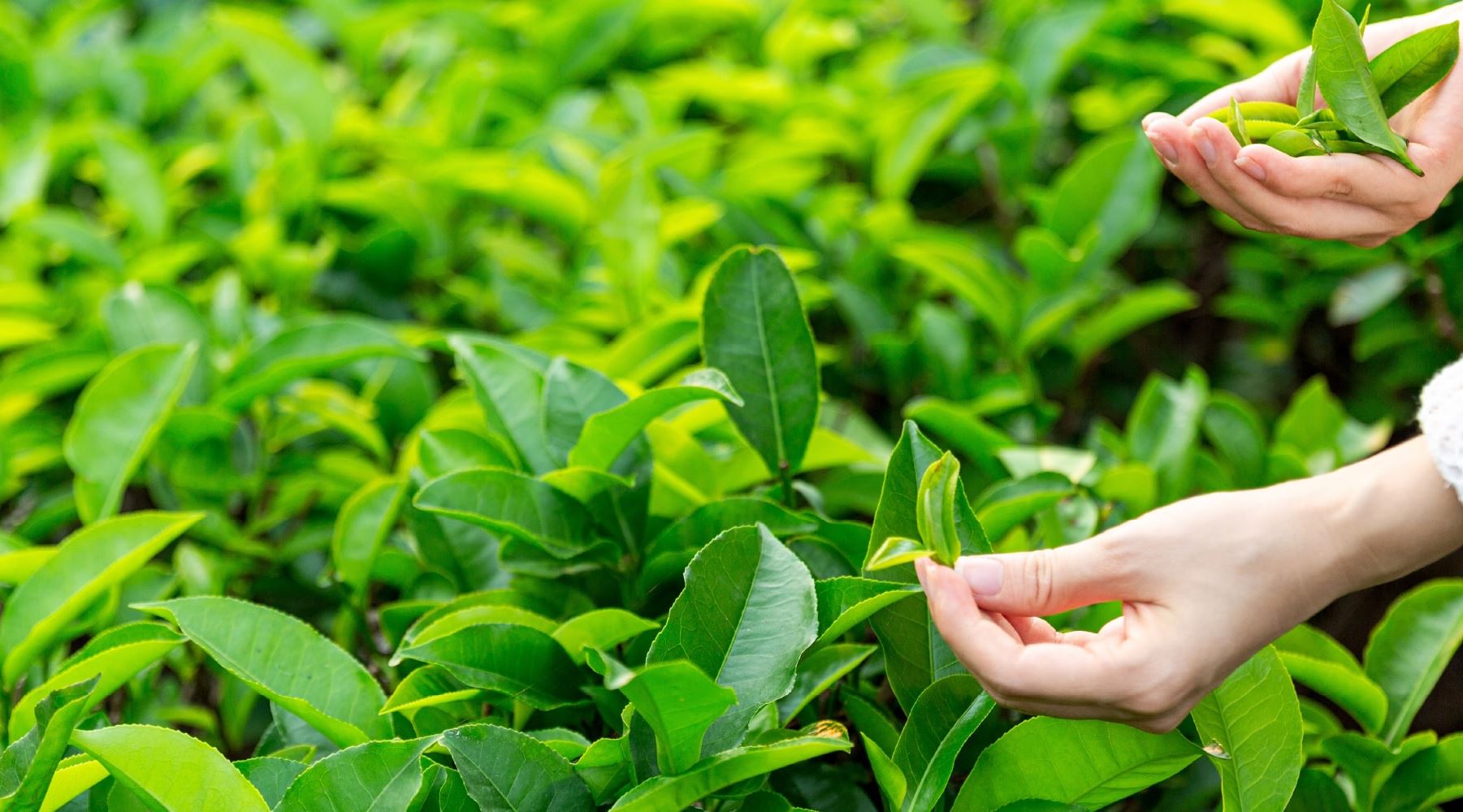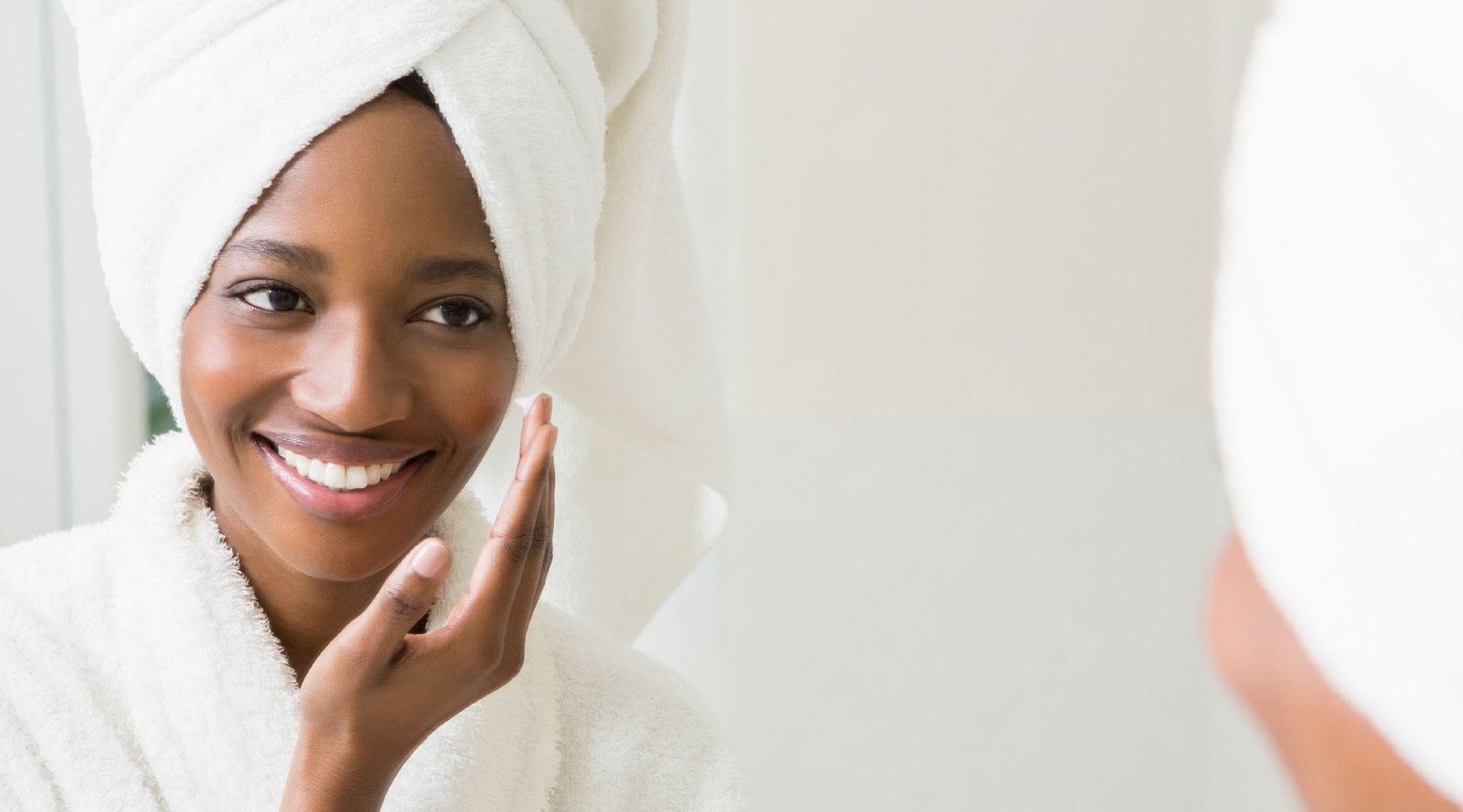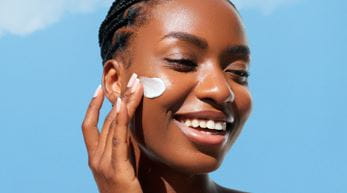Veins or just Vain?
No, those spidery looking veins (thread veins) you’re clocking aren’tjust about you – or a sign something is really wrong. It’s simply a mark of sun damage. Too much sun can break down the collagen in your skin and weaken the blood vessels causing thread veins. These are a close relative of varicose veins and can leave your skin looking mottled and reddish. While mostly painless and no risk to your overall health, you won’t be judged for wanting to treat them. And as prevention is always better than cure, sunscreen with a high SPF (like a factor 50) is the right way to start.
A Spot of (Sun) Bother
When the sun triggers melanin production it can clump together to form brown spots or dark marks. This happens when it forms at high concentrations. What you’re seeing on your skin are sun spots, also known as age and liver spots. They’re flat spots and look darker than the rest of your skin tone. In other words, pigmentation. These spots or dark marks usually appear on parts of the body most exposed to the sun such as face, hands, arms and upper back.
Actinic Keratosis: The One to Watch
The most common skin condition caused by sun damage on face, actinic or solar keratosis is a small, thickened, scaly growth on sun-exposed areas such as the head and face. Do you spend lots of time in the sun or have had excessive exposure to ultraviolet (UV) rays? Check your skin for these. They can be anywhere between 1-3cm in size and can be light, dark, pink, red, the same colour as your skin, or a combination of all or some of these. People with a lighter skin tone, who sunburn easily, are most commonly affected because they have less protective melanin. Sometimes they go away or fade away, or they may stay unchanged for years. However, see a dermatologist if they switch shape or bother you. These growths need monitoring.
Lines and Wrinkles: Sun Aged Skin
Call it sun-induced ageing, call it solar elastosis but how the sun shows it’s broken down your youth is through damaging your skin’s connective tissue. Sound rather medical? Well, it is. Exposure to UV from the sun’s rays means your skin’s supportive proteins (collagen and elastin) get worn out. They just don’t hold like they used to and your skin looks and feel thickened, coarse and wrinkled. In other words, the top layer of skin – the bit we see – begins to lose its strength and flexibility causing vertical creases, deep wrinkles and loose or sagging skin.
Perfect Partner: How SPF Works with Your Other Products
How to use it? Keep things simple for yourself: it’s as easy as washing (cleansing) your skin, moisturising it and then just sweeping on your sunscreen. More mature men who need hydration and anti-aging treatment can reach for, NIVEA SUN UV FACE ANTI-AGE & ANTI-PIGMENTS CREAM SPF 50 while those with oily skin can opt for NIVEA SUN UV FACE SHINE CONTROL CREAM SPF 50 to help mattify skin. Remember, sunscreen suited to your skin is the last step that literally makes all the difference in keeping your youth in check. But it’s not the only thing you can do to save your face!
For the rest of your body the NIVEA SUN Protect & Moisture SPF50+ Trigger Spray feels moisturising on your skin, it’s light and non-sticky and absorbs quickly without leaving any white residue behind.
SPF and Other Good Sun Habits
Want to stay young and handsome-looking, avoiding skin conditions like Actinic Keratosis and Thread Veins? The easy part is getting SPF clued-up. Now for getting very sun savvy. Here are three simple steps to follow:
- Know the Zone
As a rule, 10am and 4pm mean peak hours of UV sunlight and it’s this zone you should avoid. While not as harmful in Winter, on those sunny days, be cautious too. Water, snow, sand and concrete reflect light and increase the risk of sunburn. Being in the shade is not enough protection alone.
- Cover Up
Covering up, particularly if you do head out in the middle of the day, will help protect you against harmful UV rays particularly. Sunglasses and a hat are just as important as light pants and a shirt that cover your arms and legs. And don’t forget the back of your neck.
- Use Sunscreen. And Often!
Good sunscreen habits will not only protect your skin against the visible signs of ageing, fine lines and wrinkles under your eyes but also reduce pigmentation, sun spots, and broken capillaries. Sunscreen will protect you from more serious forms of sun damage such as skin cancers. Look for water-resistant, broad-spectrum coverage with an SPF of at least 50. Apply a sunscreen generously and reapply every two hours - or more often if you’re swimming or sweating.






